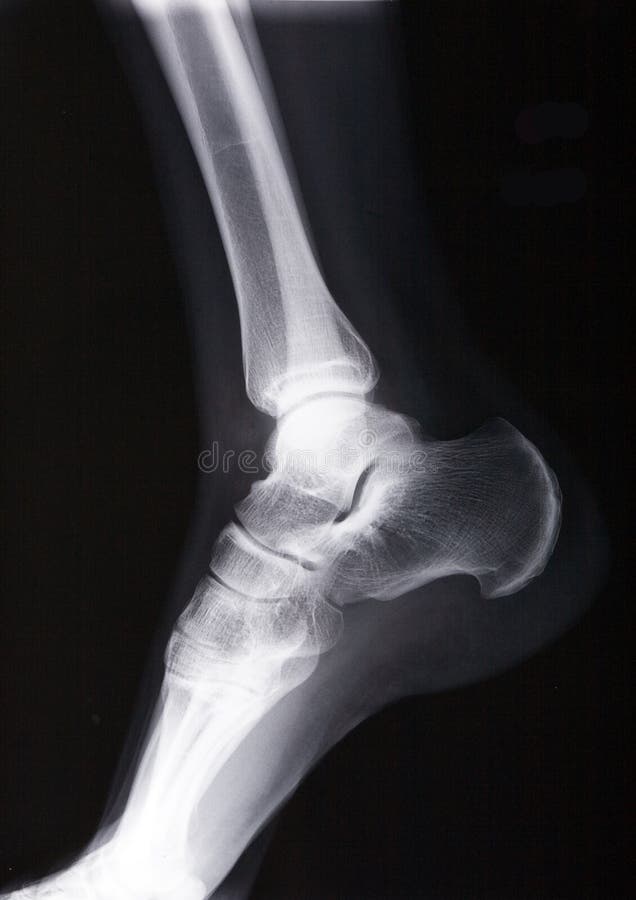

There is medial widening on the x-ray (increased space between the medial malleolus and talus).There is an associated ankle dislocation.It is a bimalleolar or trimalleolar fracture with loss of stability of the “mortise”.There is not usually a role for injections in ankle fractures. Is there a role for injections in ankle fractures? Sports can usually be resumed at 3 months if strength, range of motion, and agility are re-established. After 4-6 weeks, range of motion and strengthening exercises are used to re-establish strength and flexibility. Weight bearing may be allowed when it no longer hurts to put weight on it. Nonoperative treatment may consist of a short leg cast or a brace for 4-6 weeks. Your physician might consider more x-rays with your ankle on its side or “stress x-rays” if there is a question of medial widening. The space between the medial malleolus and the talus is not widened on x-rays.

There is not a medial malleolus fracture.Treatment of a broken ankle without surgery is appropriate if it is an isolated fracture of the lateral malleolus at or below the level of the joint with no medial widening that would indicate a ruptured deltoid ligament. When is treatment without surgery appropriate?

MRI’s and CT’s are not usually needed for broken ankle diagnosis. Bone tenderness at the posterior edge or tip of either malleolus.The patient can’t put weight on the ankle.The guidelines state that x-rays are needed if there is pain near the malleoli and one or more of the following are present: The Ottawa ankle guidelines help to decide when to get x-rays. However, when athletes injure their ankles, it is usually a sprained ankle. Not everyone with a sprained ankle needs to go get x-rays. The diagnosis of a broken ankle is made with x-rays. However, significant direct trauma in contact sports such as football, rugby, and hockey can result in ankle fractures and are often higher energy injuries. These can be sustained in virtually every sport. Indirect injuries often occur without contact and are rotational in nature. This system is a bit more complex and divides ankle fractures into four groups based on mechanism of injury with a total of thirteen subgroups.Ī broken ankle can result from either indirect or direct contact mechanisms. Yet another way to classify a broken ankle is by the Lauge-Hansen system. Type C is above the level of the joint.These may or may not benefit from surgery. Type A is below the level of the joint.These usually benefit from surgery.Īnother way to classify a broken ankle is by where the lateral malleolus is fractured. In a tramalleolar fracture, all three of the malleoli are fractured.



 0 kommentar(er)
0 kommentar(er)
